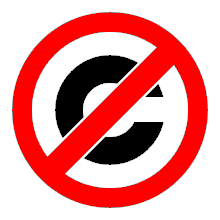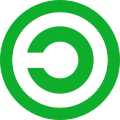The Interview Process
The principal work product of a software engineer consists of his or her software and documentation.
But in the proprietary business environment, all this work product is the property of the proprietary business employer. The software engineer may move on in his career, but the work product stays behind. It stays behind as assets of the former employer, closely held behind the closed doors of patent, copyright and trade secrecy.
The software engineer, wishing to demonstrate his technical skills and body of work, is left with little sample material to offer a new employer. Absent a portfolio of demonstrable work product, the software engineer is typically asked to prove his abilities during the interview process by means of technical questions, programming puzzles, and whiteboard coding sessions.
Happily, none of this applies to me. Virtually all my work over the past 20 years has been in the for-profit, non-proprietary industry quadrant, consisting of free software, copyleft publications, and Libre services. My entire body of software is freely available for examination and reuse by anyone, and my entire body of publications is available for readership and verbatim copying.
As an engineer I take pride in my professional accomplishments, and believe my body of work speaks for itself. For this reason I think little of the traditional interview process in the for-profit, proprietary environment.
Employers, clients, colleagues, partners and others wishing to work with me should rationally first review my software, my publications, my services and my reputation.
1 Code Samples
To better accommodate potential clients, employers or partners who wish to evaluate the style and quality of my code, I provide pointers to some select smaller pieces of software that can be easier and faster reviewed as samples of my code.
These are available in the Code Samples section of my public web site.




